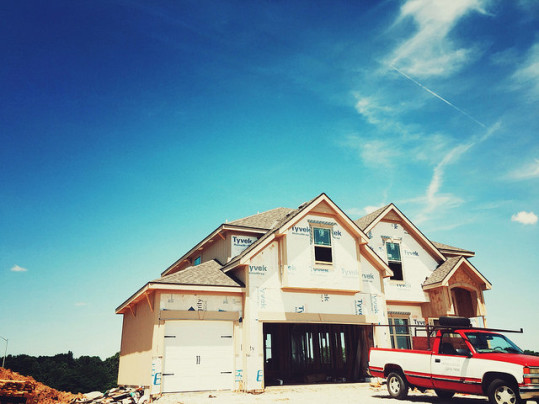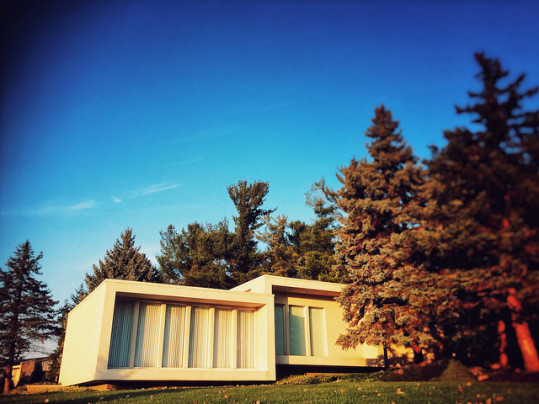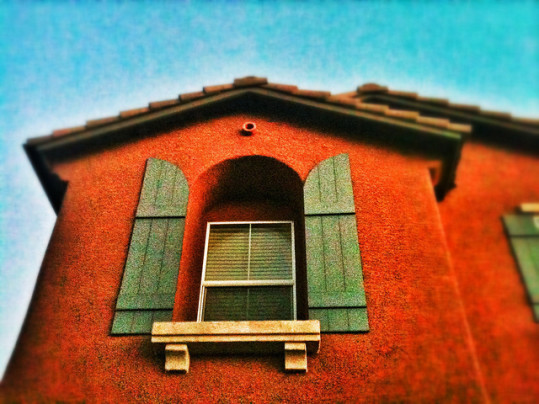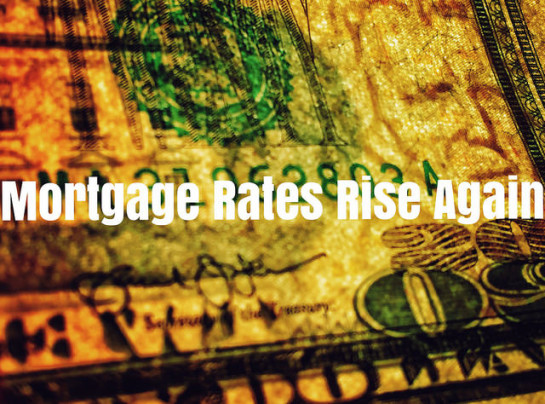If you’re buying or selling a house, the new home market should matter to you. Why? Well, new home construction is the best way to increase the overall number of homes available for sale. And, as that number rises, the gap between supply and demand shrinks and home price increases begin to moderate. Whether you want to see home price increases begin to slow depends, of course, on whether or not you’re buying or selling but, either way, it’s likely something that is of interest to you. So what’s happening in the new home market these days? For one, housing starts – which measure the number of new homes that began construction during the month – were up 25.5 percent in October, according to new numbers released by the U.S. Census Bureau and the Department of Housing and Urban Development. That number includes multi-family residences but single-family home construction also increased, jumping 10.7 percent over the month before. That was a better than expected result and is an indication that builders are feeling confident in the economy. Another is the fact that the National Association of Home Builders Housing Market Index, which gauges builders’ perception of the market for new homes, scored a 63 in November. The Index measures builder confidence on a scale where any number above 50 indicates more builders view conditions as good than poor. In other words, according to recent news, the new home market is looking steady and poised for further improvement. More here.
Archive for November 2016
Post Election Bump Has Rates Up Again
According to the Mortgage Bankers Association’s Weekly Applications Survey, average mortgage rates rose again last week. In fact, mortgage rates were up across all loan categories, including 30-year fixed-rate loans with both conforming and jumbo balances, loans backed by the Federal Housing Administration, and 15-year fixed-rate loans. David H. Stevens, CMB, president and CEO of the Mortgage Bankers Association, says this is the biggest week-over-week increase in years. “Following the election, mortgage rates saw their biggest week over week increase since the taper tantrum in June 2013, and reached their highest level since January of this year,” Stevens said. “Investors expectations of faster growth and higher inflation are driving the jump in rates, and rates have now increased for five of the past six weeks, spurring a commensurate drop in refinance activity.” And, though it’s true that mortgage application demand fell last week as rates rose, interest rates are still well below historical norms. In fact, Stevens told CNBC that the decline was likely just “potential buyers waiting to see whether rates will stay at these higher levels.” The MBA’s weekly survey has been conducted since 1990 and covers 75 percent of all retail residential mortgage applications. More here.
The Difference Between Modern And Contemporary
When shopping for a home to buy, there are some styles that are easy to identify. If you came across a listing for a Victorian home, for example, you’d likely know what to expect and whether or not you are attracted to that style’s brightly colored exteriors and elaborate ornamentation. The difference between modern and contemporary homes, however, is less well understood. You may have even assumed the terms were interchangeable. In fact, modern architecture refers to a very specific style popularized in the first half of the 20th century. Known for its simple lines, flat roofs, and minimalist aesthetic, modern residential architecture became popular because it was a break from traditional home styles. Which, in a way, means it was the contemporary design of its day. That’s because, contemporary – in its most general sense – refers to the architecture and design of today. But, since that incorporates many styles that change over time, it is most often taken to mean whatever is the most innovative or forward-looking design of its day. In other words, a contemporary home can include hints of modern design but a modern home can no longer be considered contemporary – because that refers to the homes of one particular period of history. More here.
How Owning A Home Can Help Your Retirement
Owning a home has typically been thought of as one of the keys to a comfortable retirement. After all, years worth of monthly mortgage payments mean owners can build up a significant amount of equity if they stay in one place long enough. Then, during retirement, they can either sell their home for a profit or use a home equity line of credit to increase their bottom line. But what about now? Is owning a home still a vital part of a good retirement plan? Well, a recent study from the Urban Institute looked at the home equity patterns of older American households and found that our homes still rank among our most valuable assets. “Not only does a house meet the basic needs of shelter, but it’s an asset that typically can be used to build wealth as homeowners pay down their mortgages,” the authors write. “In fact, many retirement security experts argue that the conventional three-legged stool of retirement resources – Social Security, pensions, and savings – is incomplete because it ignores the home.” However, though owning a home is still a great way to build wealth and the majority of older adults own homes that can help finance their retirement, the report also warns that we are taking on more mortgage debt and financing it for longer periods than we have in the past. If that trend continues, future generations may find they’re less able to lean on home equity as a source of retirement income. More here.
Majority Of U.S. Homes Remain Affordable
Buying a house can be an intimidating prospect, especially when home price increases are in the news. But though it may feel like you can’t afford to buy, new numbers show that 61.4 percent of new and existing homes sold between the beginning of July and the end of September were affordable to a family earning $65,700 per year. That means, the majority of homes available for sale are within reach of an American household making the median annual income. Of course, the data, from the National Association of Home Builders’ quarterly Housing Opportunity Index, takes into account all homes, both new and old. And that’s a wide range. However, the fact remains that, mortgage rates hovering near historic lows, help the average home buyer handle higher prices, making many markets a good deal. Among the most affordable areas in the country, cities in Illinois and Alaska ranked highest. Predictably, California had some of the nation’s most expensive areas. Overall, the third quarter saw a decrease in housing affordability from where it was earlier in the year. In fact, the national median home price increased from $240,000 in the second quarter of 2016 to $247,000 last quarter. More here.
Today’s Homeowner Stays In One Place Longer
There are a lot of things to consider when deciding whether or not to sell your house and move. Home values, your mortgage rate, school district, plans for the future, and proximity to friends and family all play a role. In other words, after buying a house, homeowners generally stay there for a handful of years – if only to avoid uprooting their life. These days, however, Americans are staying in their homes almost 60 percent longer than they did before the housing crash. Traditionally, homeowners moved every six years or so. Now it’s closer to 10 years. Lawrence Yun, the National Association of Realtors’ chief economist, recently told a meeting of real estate agents in Florida that sellers are staying in their homes for longer periods of time and, it may be holding the housing market back. But why would Americans be less likely to move now than they were a decade ago? For one, historically low mortgage rates. Homeowners that were able to refinance over the past few years, may be reluctant to risk losing their low rate. In other instances, people whose homes lost value during the last recession may have stayed in their current homes in hopes of selling once prices rebounded. All in all, it’s expected that there will be an increasing number of Americans looking to sell their home in the near future and, when that happens, the influx of for-sale inventory will help moderate prices and give buyers more choices when looking for a house to call home. More here.
Positive Economic News Takes Rates Higher
According to the Mortgage Bankers Association’s Weekly Applications Survey, average mortgage rates moved up last week across most loan categories, including 30-year fixed-rate loans with both conforming and jumbo balances and loans backed by the Federal Housing Administration. It was the second consecutive week rates increased and follows a general trend upward over the past month. Joel Kan, an MBA economist, told CNBC positive economic news has been pushing rates higher. “Economic news in recent weeks has been mostly positive, especially in terms of GDP growth and increasing wages,” Kan said. “This raises the likelihood of the Fed raising rates at its December meeting, but also indicates stronger domestic economic fundamentals, which pushes rates higher.” As usual, rising rates had a negative effect on refinance activity, which is more sensitive to rate fluctuations than home purchase activity. Refinance demand dipped 3 percent last week from the week before, while demand for loans to buy homes was actually up 1 percent and is now 11 percent higher than the same week one year ago. The MBA’s weekly survey has been conducted since 1990 and covers 75 percent of all retail residential mortgage applications. More here.







